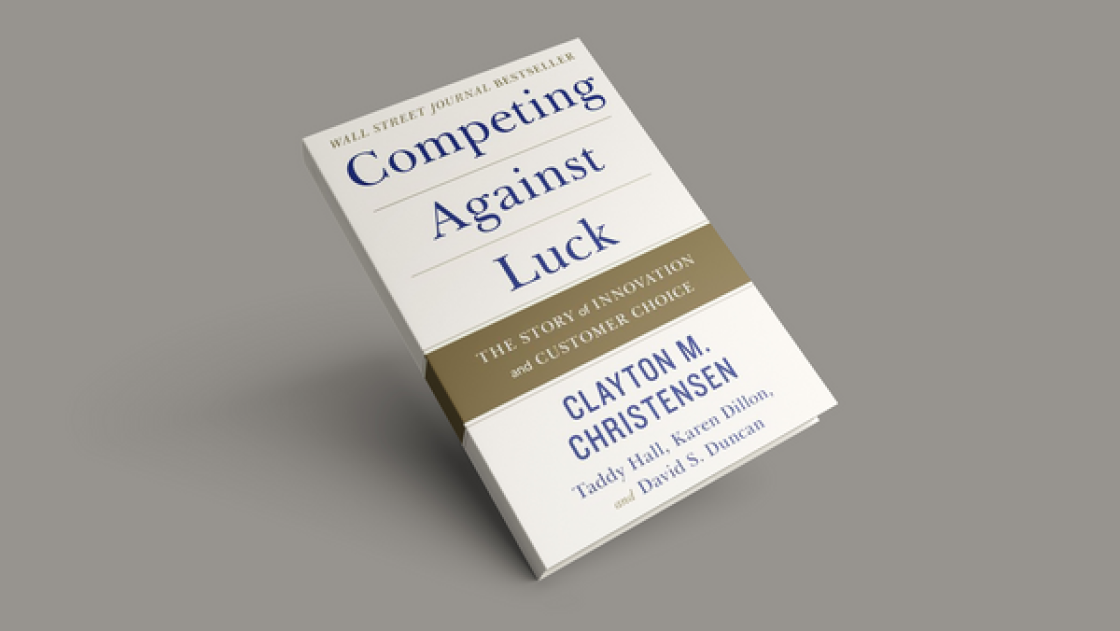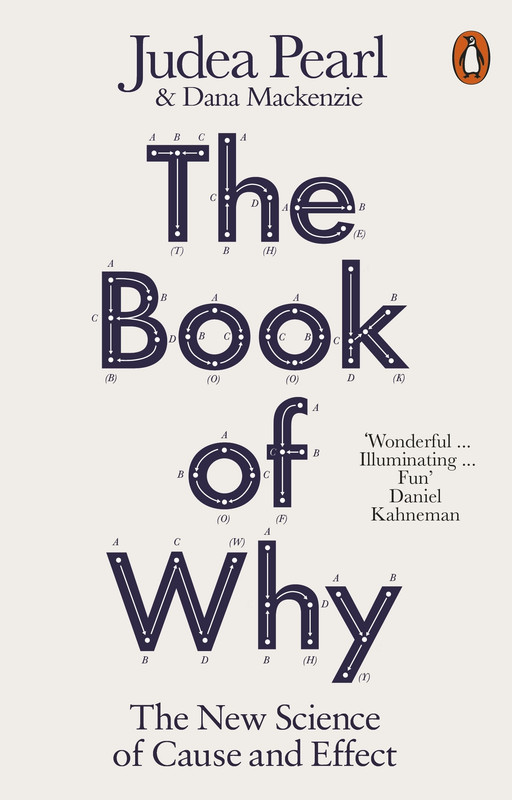Fixing the Symptoms, Not the Source - The Dangers of Quick Fixes

I recall years ago working at Aptoide, where the design team would often discuss quick fixes for recurring issues. The CTO suggested a temporary solution, which I blurted out against – “I really dislike quick fixes because the problems will return next week, the week after, and after.”
At the time, I was still a relatively young and inexperienced designer with a lot to learn. In hindsight, my outburst might have been more understandable given my inexperience, but it still stuck with me.
The CTO calmly explained that the team was focusing on what they could accomplish at that specific point in time and had plans to dive deeper into the issue later. However, my comment sparked a conversation about the risks of quick fixes, which ultimately resonated with me.
Understanding Correlation vs Causality
As I reflect on this episode, I realize that I was frustrated by the superficial nature of quick fixes. This experience led me to explore why correlation versus causality matters in problem-solving.

In his book Competing against luck: the story of innovation and customer choice, Clayton M. Christensen highlights the danger of accepting flaws and missteps as inevitable.
Managers accept flaws, missteps, and failure as an inevitable part of the process of innovation. They have become so accustomed to putting Band-Aids on their uneven innovation success that too often they give no real thought to what’s causing it in the first place.
Teams often adopt an “Agile” approach, which emphasizes quick iteration and learning from failure (“fail fast and learn fast”). However, this mindset can lead to a superficial focus on symptoms rather than underlying causes.
The Spotify Example
I’ve often thought about what makes a successful product like Spotify tick, and how its competitors can try to replicate its success. One way I see this playing out is when companies copy all the features that make Spotify popular, without really understanding their users’ needs and goals. Let me use Studio 2 as an example of this approach.
At first glance, it might seem like a good idea to just mirror Spotify’s features and hope for the best. But in reality, I think this can be a recipe for disaster. If Studio 2 doesn’t take the time to get to know its users and understand what they’re trying to achieve with their platform and have in place a smooth working process product wise, it’s likely to struggle to retain users in the long run.
On the other hand, I do think there are some benefits to copying a successful product like Spotify. By leveraging the hard work and innovation that’s gone into creating a top-notch platform, Studio 2 might be able to reduce its development costs and focus on areas where it can really make a difference.
For example, by building on Spotify’s brand recognition and reputation, Studio 2 could spend less time and money on marketing and user acquisition. This could be a huge advantage for companies that are just starting out or have limited resources.
But ultimately, I think this approach is unlikely to lead to sustainable success in the long run. If Studio 2 wants to increase revenue year after year, it needs to innovate and differentiate itself from competitors like Spotify. That means taking a step back to understand its users’ needs and goals, and then using that insight to create a product that truly meets those needs.
For me, this is where the real innovation happens - not in copying someone else’s success, but in creating something entirely new and original.
If we use this example to illustrate the dangers of correlation vs causality, we see how focusing on symptoms rather than causes can lead to superficial fixes. To shift our understanding from correlation to causality is not just about solving problems more effectively; it’s also about fundamentally changing how we approach problem-solving as a whole. By uncovering the underlying mechanisms, we gain a deeper understanding of complex systems and can develop more effective strategies for addressing them – including prevention.

As Judea Pearl writes in The Book of Why
If you do not know how to ask the right question, you discover nothing.